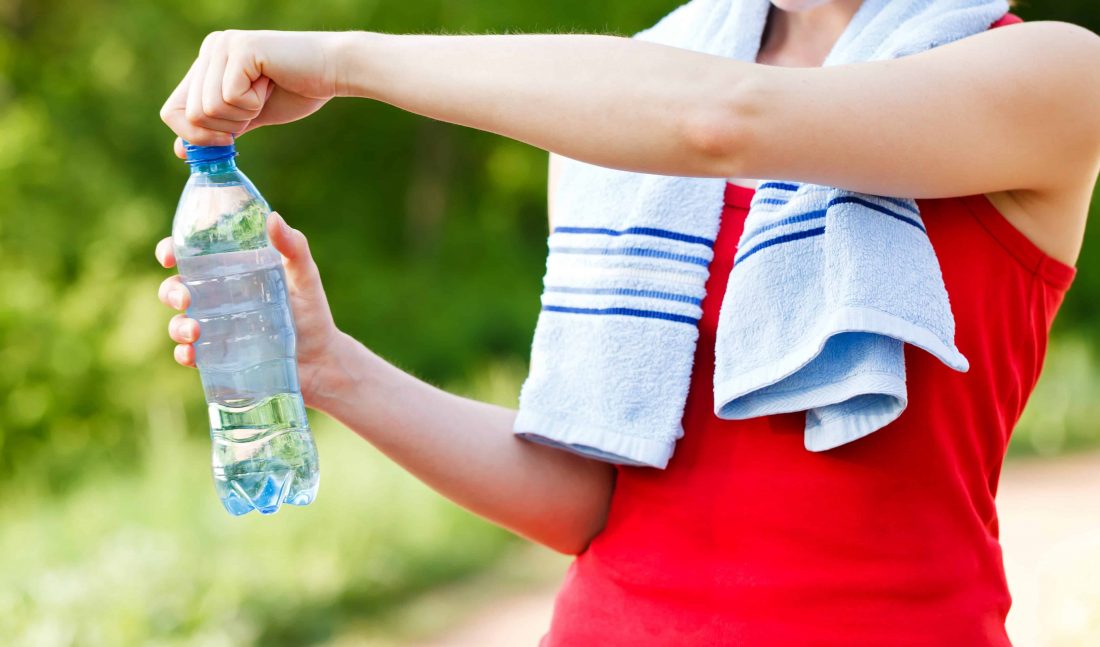Sucralose is extremely versatile. Already it is being used in most food and drinks, including dairy deserts, baked goods, chewing gum, ice cream, and low carbohydrate snacks. It can be used in foods where some other sweeteners cannot. The fact that it remains sweet under high/intense heat and during long-term storage, coupled with its great sugar-like taste means sucralose is used in a vast range of reduced-calorie foods and beverages.
Sucralose is made from sugar and has a great sugar-like taste. It is also extremely versatile and can be used to replace caloric sweeteners such as sugar and high fructose corn syrup in most foods and drinks. Sucralose retains its sweetness for longer including during cooking and baking.
Find more information on sugar reduction, helpful handouts and more on managing diabetes here.









